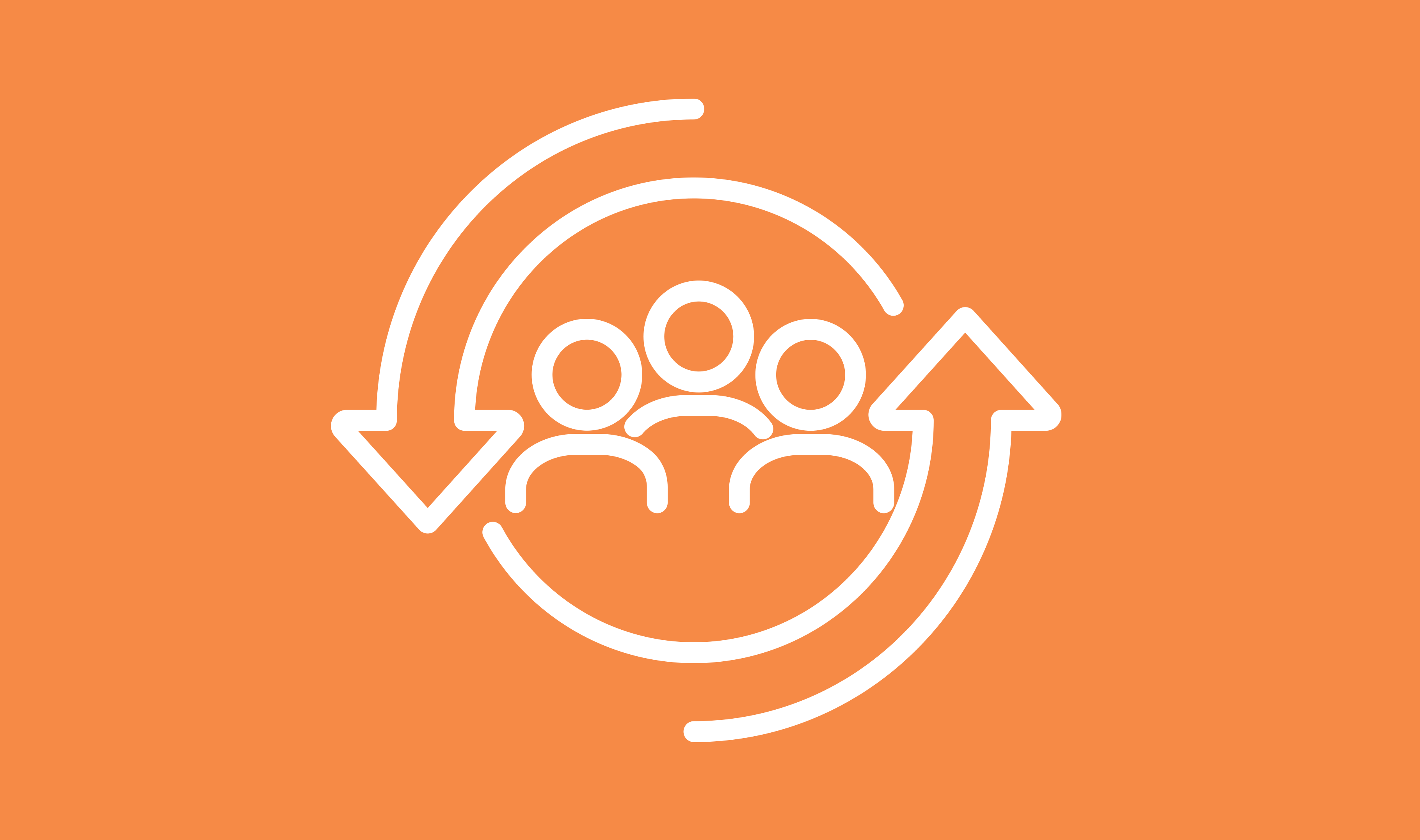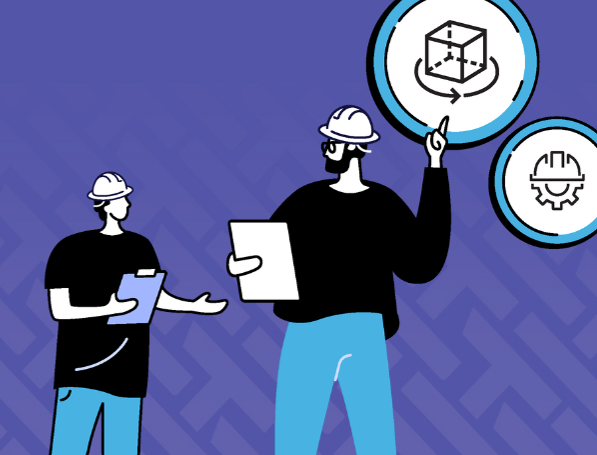If we were to ask you what you thought safety and quality software represented or is used for, you might very well reply, “punch lists, defects, inspections, and incidents.”
The big four. But what if we told you there are huge missing pieces here? In fact, what if we told you that doesn’t even begin to cover the burgeoning requirements of field operations management in which safety and quality are a big part?
The contech ecosystem is growing rapidly. So many new players have entered the market trying to plug gaping holes in construction management for key functions that today’s project management solutions can’t adequately cover.
If you want safety and quality focused software solutions, chances are you own three to four applications that handle each function separately. You might have an app for incidents, but maybe your project management software covers your inspections. The app fatigue and integrations issues alone can be an IT and field team nightmare.
We believe that the ecosystem of software choices will soon consolidate into four pillars that contractors can turn to to manage their business needs:
- Project Management
- Document/BIM management
- Financial management
- And the key pillar that is developing today, Field Operations Management (which includes safety and quality)
You might have an app for incidents, but maybe your project management software covers your inspections. The app fatigue and integrations issues alone can be an IT and field team nightmare.
Why do we believe this?
Because contractors will inevitably need to simplify their tech stack with reliable, easy to use, easy to integrate, easy to manage solutions with SSO capability and data flow that matches field processes. Otherwise your growing tech stacks will be higher than the buildings you develop (and harder to manage).
Understanding field operations management technology
Today, field operations management is where project management was 12-15 years ago. You started with a few digital functions to make life easier. Those siloed solutions then became integrated into project management platforms that allowed contractors to see everything in one place.
It’s time for field operations management to move in the same direction. Right now your key field management processes are likely spread out amongst siloed applications for things like inspections, incident management, orientations, and each presents their own workflow and integration issues.
However, moving those siloed functions into a seamless integrated platform that enables a wider view of field processes, in one place, is the future of field operations management technology.
Field management needs to be created as a new contech pillar that covers:
- Safety
- Quality
- Worker Health
- Environment
- Logistics
- Field Operations
- Connected Wearables
- Connected iOT (so many iOT items relate to telematic data serving a safety or quality of production outcome)
- Computer/Vision Machine Learning (relating to any of the solutions here)
...contractors will inevitably need to simplify their tech stack with reliable, easy to use, easy to integrate, easy to manage solutions with SSO capability and data flow that matches field processes. Otherwise your growing tech stacks will be higher than the buildings you develop.
And this technology should operate to support your field processes seamlessly. Imagine this scenario using a one-stop-shop field management software platform:
- A subcontractor submits their safety and quality documentation as a part of mobilization, which states how workers will undertake work against plan.
- The general contractor passes through the necessary review processes. Documents are ‘live’ and requirements for compliance and safety are registered.
- Worker completes their online enrollment, providing their licensing as a trigger and provides other important demographic and experience data as requested. The worker then completes their online orientation and reviews necessary documentation before arriving to site.
- Worker arrives on site in the morning and completes a site specific orientation where they wear VR/AR headsets and complete risk training specific to the site. As they arrived on-site, the wearable sensor that they picked up at the gate registers them ‘on-site’. Their hours will now be captured against tallies, their name will appear in emergency evacuation logs, and they will be logged for contact tracing.
- The worker then heads out to the daily pre-task planning stand-up where key information and their understanding of activity is planned and documented in the system. Utilizing inputs about high risk tasks being completed that day, it's understood there will be crane lifts required. Weather sensors on-site, plus forecast data, flag the team that during expected lift hours there is a high-likelihood of strong winds and to assess risk factors. Due to the worker being registered as ‘on-site’ already, the system knows to forward details of the PTP to the worker’s contact details, captured during the enrollment.
- Meanwhile, panels arrive on-time as per the logistical calendar accessed by the site-worker at the gate. They are told to go to the predetermined delivery area, and as each panel is removed, RFID sensors update location and lifecycle stage where workers can track them in real time and this data flows directly into a chosen project management system.
- At this point, quality inspections are undertaken against test plans. The panel IDs are automatically picked up and the quality test data is added to the equipment history to be used in the future.
- Because the worker who arrived on site is in the system and identified as a licensed rigger, the worker can be associated with a permit request for a crane-lift.
- The crane's pre-start is completed before the activity starts, an inspection is recorded against the specific registered piece of equipment, and all safety items (i.e. slings, harnesses) are within servicing history.
- The proximity sensors note that the exclusion zone is clear as planned, and the permit-lift can be undertaken safely.
- When returning to the lunch area post lift work complete, a bulletin is received by workers via SMS stating that they are entering work zone A and sensors detect DB levels to be high, so workers should only enter if they have ear protection.
Could you support these workflows today without multiple logins, double-entry, or manual administration?
Instead of purchasing singular point solutions to cover operational gaps, it’s time to consider whether these solutions are helping or hurting your field management. The question to ask your teams…
Does fragmented software really support your collaborative needs for optimal field management?





